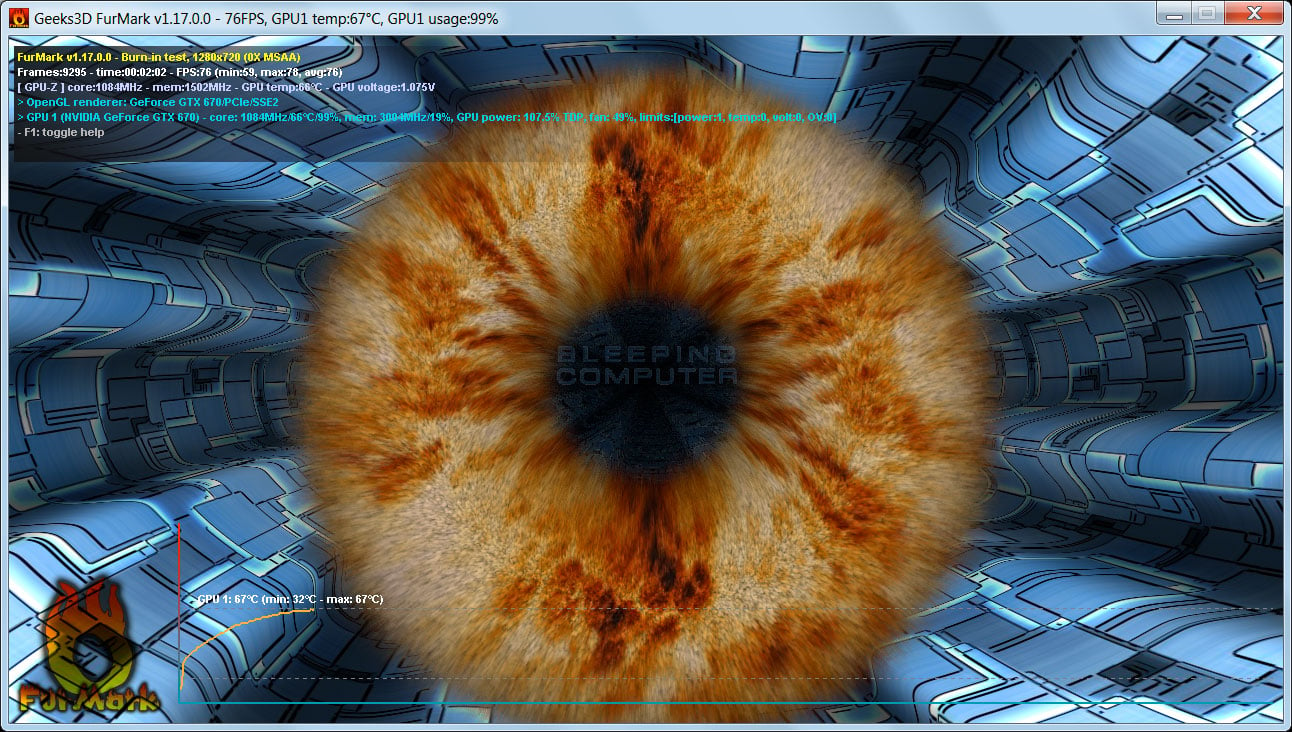Download Gpu Test 0.7.0 (free For Mac

User Guide Free Download Welcome to our freeware PC speed test tool. UserBenchmark will test your PC and compare the results to other users with the same components.
. File Size: 348.95 KB. Date Released: Oct 10, 2007.
Works on:Windows 95 / Windows 98 / Windows 2000 / Windows XP / Windows Vista / Windows Vista x64 / Windows XP x64 / Windows ME / Windows NT 4.0 / Windows 7 / Windows 7 x64 / Windows 8 / Windows Server 2003 x64 / Windows Server 2003 / Windows Server 2008 / Windows 8 x64 / Windows NT / Windows 2000 x64 / Windows NT 3.5 / Windows 3.1. Doesn't Work on: Windows 3.1 / Windows ME / Windows 98 / Windows 95. License:. Official Website: Company: Techpowerup. Total Downloads: 6,641.
Wireless Controller for Xbox 360, 2.4GHZ Game Joystick Controller Gamepad Remote for Xbox 360 Console & Mac, PC Windows 7,8,10 (Black) 4.4 out of 5 stars 212. 8Bitdo Sn30 Pro+ Bluetooth Gamepad (Sn Edition) - Nintendo Switch 8Bitdo. 4.6 out of 5 stars 669. If you have a wireless controller, you have to have the USB accessory dangle for it work with a mac. If yiu don't have that, try and find a wired controller or use an Xbox One controller. The Xbox one controller uses Bluetooth and will pair with a mac after you install the driver. Xbox 360 controller for mac openemu. Im struggling to use any kind of controller with OpenEmu, currently trying to connect an Xbox 360 pad. Im aware that OpenEmu doesn't particularly like adaptors of any kind, but as my macbook only has USB-C and no 'standard' USB ports I don't have a choice but to use one. Filed under Emulator Plugins Tagged with 360, 360 controller for mac, mac osx, mame, nes, SMS, wireless controller for mac, xbox 360 About Mac Emulators I am an Old School gamer with roots in emulation and gaming.
Contributed by:. Rating:0 of 5 (0 votes).
Over the course of writing guides to boosting Mac and hard drive speeds, I’ve discussed the incredible performance improvements Macs can get from simple upgrades —, choosing a or, and even. But there’s a common question that comes up when considering upgrades: how can you tell in advance how big of an improvement you’ll actually see?The answer: benchmarking tools. Many apps help you measure the speed of various components of your Mac, and with a little help, you can estimate the performance jumps you’ll see after an upgrade. Below, I’ll introduce three of the best free Mac benchmarking tools, and explain how they workFor Hard Drive Speeds: BlackMagic Disk Speed TestMeasuring the speed of your hard drive is the easiest benchmarking process around, and the best tool I’ve found for that task is the. Completely free to download from the Mac App Store, this app has only a single window and very few settings to worry about.
If you have only one hard drive, you can just hit the Start button after you’ve quit all of your other apps; otherwise, you can access settings by pressing the gear button between the two speedometer circles, or use the File and Stress menus at the top of the screen. Here, you can choose the right hard drive to test, and the level of stress for the testing (1GB is least, 5GB is most).BlackMagic designed this app to help video editors determine whether their hard drives could handle various video files, ranging from basic, low-bandwidth NTSC videos to more demanding 1080p videos with higher frame rates and color depths. Unless you’re editing video, those details (summarized in the Will it Work?
And How Fast? Charts below the speedometers) won’t matter at all to you. You only need to focus on the two big gauges.The drive’s Read speed is on the right, with the Write speed on the left, respectively giving you a sense of how fast apps and videos will load, and how fast things you create will be written to the drive. Speeds in the 25-30 Megabyte per second (MB/s) range are slow — what you’d expect from an external hard drive connected via USB 2.0. The same drive placed inside an iMac, or connected via USB 3.0, could reach four or five times that speed — around 100-120MB/second.But pop an SSD like the into the same iMac, and these are the kind of speeds you can see: around 500MB/second, five times faster than a traditional hard drive.
This is the sort of speed difference that’s dramatic, instantly noticeable, and likely to really improve your day to day Mac experience. Outstanding SSD performance is the key reason Apple has, and is beginning the same process with its desktop machines.For Overall Computer Performance: Geekbench 3Although there are a bunch of different “total computer benchmarking” apps out there, the one that’s easiest to recommend is, since it’s partially free, works across multiple platforms (including Macs, iOS devices, PCs, and Android devices), and lets you compare one computer’s results to other computers and other users. Like Blackmagic Disk Speed Test, Geekbench 3 is designed to be simple to use — choose one setting, make sure your other apps are closed, and hit the “Run Benchmarks” button shown above. There’s only one hitch: the only runs older (“32-bit”) benchmarks on your Mac; to see the superior performance you’d get from newer (“64-bit”) apps, you’ll need the.I could go into a lot of detail regarding Geekbench’s results, and there are a lot of them, sorted into three main categories, each with multiple tests. But the key numbers you need to know are the big two at the top: Single-Core Score and Multi-Core Score. Compared against results from other machines, Single-Core gives you a relative sense of how fast your Mac performs under most situations, when only one processing core is handling all of the Mac’s work.